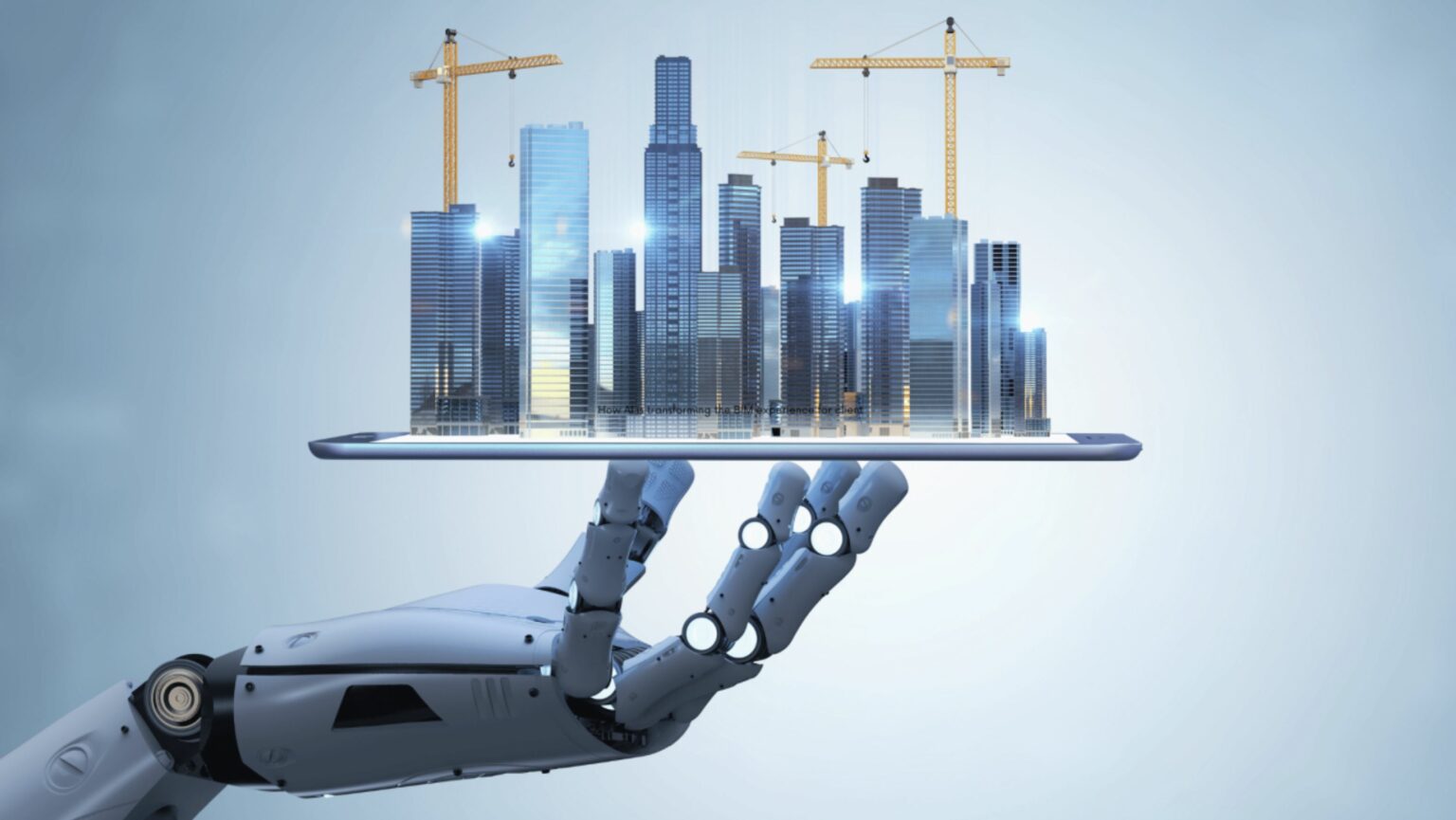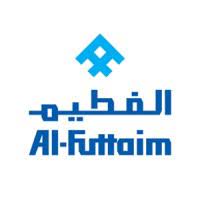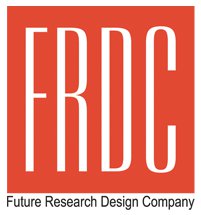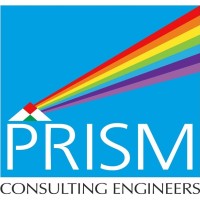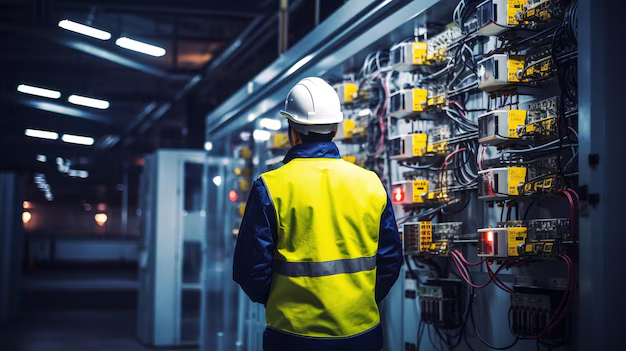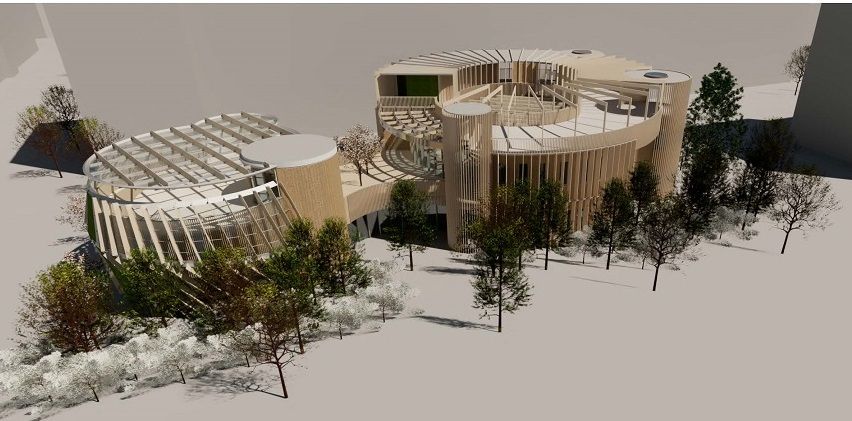The Future of Building Services: How AI and IoT are Transforming MEP, BIM, and the Built Environment
In today’s rapidly evolving world, the built environment is no longer static — it’s intelligent, responsive, and deeply connected. The convergence of Artificial Intelligence (AI) and the Internet of Things (IoT) is revolutionizing how buildings are designed, constructed, operated, and maintained. For engineers, architects, and facility professionals, the traditional boundaries of MEP (Mechanical, Electrical, Plumbing) and BIM (Building Information Modeling) are expanding into the era of smart, data-driven systems.
1. From Passive to Predictive: AI in MEP Design and Operation
In conventional building systems, MEP engineers primarily focus on load calculations, design coordination, and compliance with standards. But with AI, the process becomes predictive and performance-based.
AI algorithms can now:
-
Analyze massive datasets from previous projects and simulate multiple design outcomes instantly.
-
Optimize HVAC load by learning from real-time occupancy, weather, and energy usage patterns.
-
Detect inefficiencies in mechanical and electrical systems before they cause failures, using predictive maintenance models.
-
Enable automated control systems that adjust lighting, temperature, and ventilation dynamically for occupant comfort and energy efficiency.
This transformation empowers MEP professionals to move beyond design drawings into smart system engineering — where the building continuously learns and adapts.
2. IoT: The Nervous System of Smart Buildings
If AI is the brain of the modern building, IoT is its nervous system.
IoT connects physical components — sensors, meters, valves, pumps, thermostats, cameras — to digital platforms. In MEP systems, these devices continuously collect and transmit data about energy consumption, air quality, water flow, and equipment status.
Some key IoT applications in building services include:
-
Smart HVAC systems that balance indoor air quality and energy consumption automatically.
-
Connected lighting that senses occupancy and daylight levels.
-
IoT-enabled fire and safety systems that detect and alert anomalies in real time.
-
Remote monitoring of pumps, chillers, and electrical panels through cloud dashboards.
For facility managers, this means fewer breakdowns, lower operational costs, and healthier environments — all driven by data.
3. BIM Meets AI and IoT: The Digital Twin Revolution
BIM has already transformed the AEC (Architecture, Engineering, Construction) industry by enabling integrated design, visualization, and coordination.
But when BIM is enhanced with AI and IoT, it evolves into something more powerful: a Digital Twin — a live, data-connected replica of the physical building.
With this, engineers can:
-
Simulate performance before construction even begins.
-
Monitor real-time behavior of systems after occupancy.
-
Use AI-driven analytics to predict how changes in one system affect others.
-
Continuously update models to reflect maintenance, renovations, or equipment replacements.
In essence, the integration of BIM, AI, and IoT bridges the gap between design and operation — creating buildings that are not only well-designed but self-aware and self-optimizing.
4. The Evolving Role of Engineers
For young engineers entering the field, this transformation offers immense opportunities.
Future-ready MEP and BIM professionals will not just draw schematics — they will work on machine learning models, data integration, cloud platforms, and automation systems.
Skills in Python scripting, Dynamo for BIM, Revit API, IoT architecture, and AI-powered energy modeling are becoming as valuable as traditional engineering fundamentals. The next decade will belong to engineers who can combine technical design with digital intelligence.
5. Sustainability and Smart Cities
The intersection of AI, IoT, and MEP design also plays a vital role in sustainable development.
Smart energy grids, water conservation systems, and automated building controls directly contribute to global goals of reducing carbon emissions and optimizing resource use.
As cities move towards smart infrastructure, the demand for engineers who understand both MEP systems and digital technologies will grow exponentially — especially in green buildings, data centers, healthcare facilities, and industrial automation.
6. The Way Forward
The future of building services is undeniably digital. AI and IoT are not just tools — they are transforming how we think, design, and manage the spaces we live and work in. The boundaries between mechanical systems, data science, and software are blurring — opening a new dimension of opportunities for engineers.
In Collaboration with Anukool Ka Gurukool – Ace India Mumbai
Recognizing this emerging trend, Ace India Training and Services Pvt Ltd, in association with Anukool Ka Gurukool, has introduced specialized training programs in AI-integrated MEP, BIM, and Building Automation.
These courses are designed to prepare the next generation of engineers to meet the industry’s digital transformation head-on — with hands-on learning, practical exposure, and mentorship from real-time professionals.
The vision is clear — to empower engineers not just to design buildings, but to design intelligent ecosystems.
